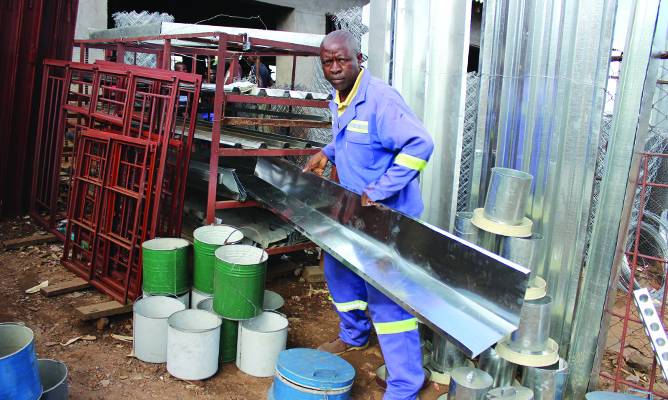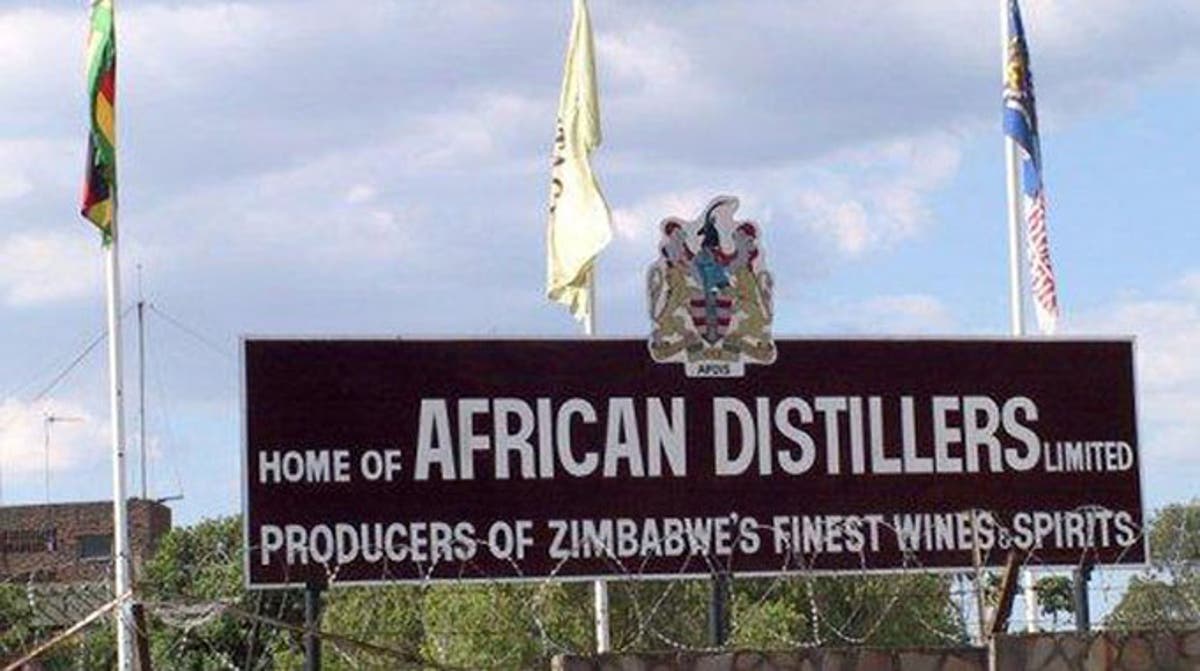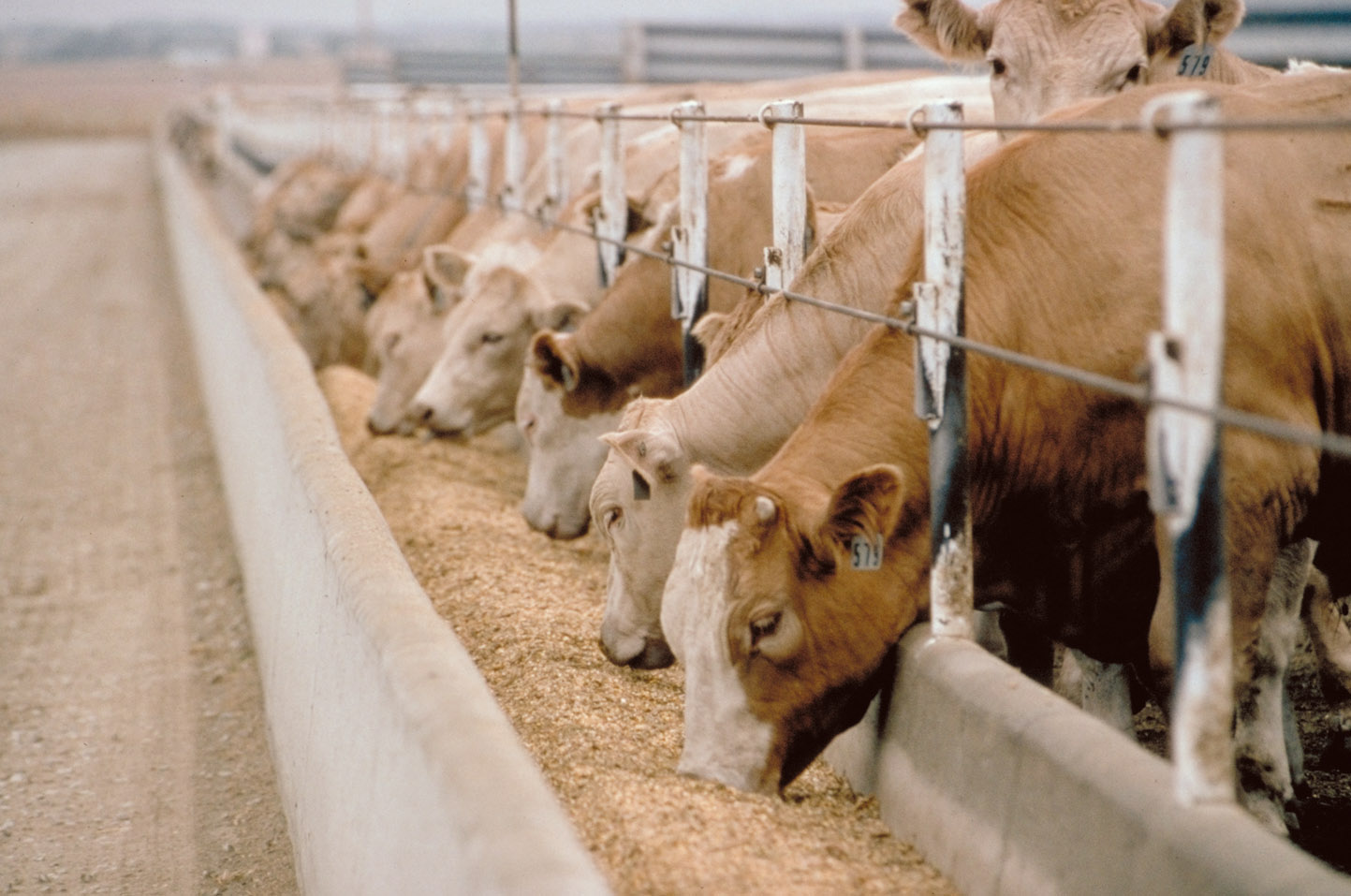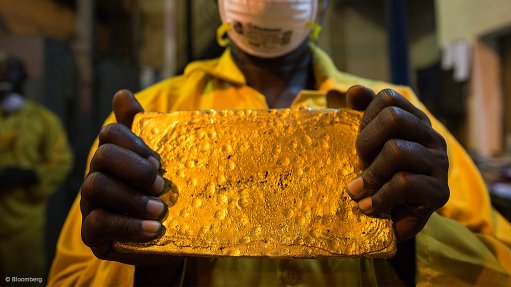Zim’s livestock value chain under threat
Zimbabwe’s livestock value chain holds immense potential, particularly in the leather sector, however, despite the country’s strong historical ties to leather production, the industry still faces significant challenges that have stifled growth and competitiveness.
A recent panel discussion at the inaugural ZITF livestock conference explored opportunities and challenges and outlined strategies to revitalise Zimbabwe’s leather industry through investment, policy reforms and infrastructure development.
One of the key concerns raised during the panel was the leather industry’s declining contribution to Zimbabwe’s economy.
Currently, the manufacturing sector contributes only two percent to the gross domestic product ( GDP) with leather-related industries experiencing continuous output declines (-2 percent in 2023 and -1.5 percent in 2024).
Zimtrade regional manager, Jaqueline Nyathi, told delegates that capacity utilisation in the leather sector remains low, with firms operating at a mere 21 percent—far below the industry average of 52 percent.
“The manufacturing sector contributes only two percent to GDP, and leather-related industries have seen a decline in output (-2 percent in 2023, -1.5 percent in 2024). Low-capacity utilisation with leather-related firms are operating at only 21 percent capacity, far below the 52 percent industry average.
“Trade deficit, while Zimbabwe is a net importer of leather products and has lost its competitive advantage in leather exports, except for crocodile skins,” she said. Zimbabwe has become a net importer of leather products, losing its competitive edge in exports, except for crocodile skins.
The high cost of doing business, exacerbated by multiple taxes, regulatory hurdles, and an unfavourable business environment, has made local production expensive, discouraging investment and expansion in the sector.
Despite these setbacks, the country’s leather industry has several untapped opportunities.
Expanding the national herd is a crucial step toward increasing raw hides and restoring the country’s former status as a competitive player in processed leather.
Currently, valuable by-products such as tallow, gelatine, and adhesives remain underutilised, despite the high demand in local and international markets.
Delegates heard that tallow alone has a monthly demand of 1 500 metric tonnes, while the gelatine industry could generate between US$200 000 and US$300 000 annually.
Tallow is a fat that comes from ruminant animals, such as cows, sheep and goats. It is used in many products, including for cooking, making candles, soaps, skincare products, lubricants and biodiesel.
Zimbabwe has had to import tallow and gelatin, a protein made from animal collagen, usually from cows and pigs, for years for production of various products.
Additionally, goat and sheep skins, which are high in quality and suitable for luxury leather products, are largely wasted despite an annual slaughter of two million goats.
If properly harnessed, these skins could contribute significantly to value-added production.
The leather sector also has vast potential in producing handbags, footwear, gloves, belts, and upholstery, all of which have strong market demand but require improved processing infrastructure.
Secretary, Zimbabwe Leather Development Council (ZLDC), Jacob Nyathi, said for Zimbabwe to realise the full potential of its leather industry, policy and financial incentives are necessary.
He said government should also support by-product industrialisation by incentivising industries focused on tallow, gelatine and leather waste processing, thereby reducing import dependence and enhancing local production capabilities, he added.
Nyathi said Public-private partnerships (PPPs) are essential to the revival of Zimbabwe’s leather industry.
ZLDC is actively working with universities, regional bodies such as the Southern African Development Community (SADC) and the Common Market for Eastern and Southern Africa (COMESA) as well as industry players, to strengthen the sector.
Investment in modern leather processing facilities is another crucial step, he said.
Infrastructure development, including halal-certified abattoirs, tanneries and leather processing plants, would enable Zimbabwean producers to access export markets, particularly in Islamic countries.
“Increasing national herd entails expanding cattle numbers to restore Zimbabwe’s former competitive edge in raw hides and processed leather.
“In terms of by-product utilisation, the sector is missing opportunities in tallow (1,500 metric tonnes monthly demand), gelatine (worth $200K–$300K annually), fertilisers, adhesives and biofuels.
“Goat and sheep skins, with 2 million goats slaughtered annually, their high-quality skins can support luxury leather products, yet they are largely wasted. Value-Addition potential including handbags, footwear, gloves, belts and upholstery have strong market demand but require processing infrastructure to be competitive,” said Nyathi.
Zimbabwean leather products already have strong demand in regional markets such as Zambia, Malawi, and Botswana.
However, Chief Economist with the Confederation of Zimbabwe Industries (CZI), Dr Cornelius Dube, told delegates that high production costs have rendered them uncompetitive.
“Regional and international demand is there, as Zimbabwean leather products have high demand in Zambia, Malawi, and Botswana, but pricing remains uncompetitive due to high production costs.
“A case study from Ethiopia provides a valuable lesson—Ethiopia dominates Africa’s leather market due to government incentives and a large national herd, allowing it to produce cheaper, high-quality leather products.
“Sustainability and ethical sourcing is crucial with international markets now requiring sustainable sourcing certifications, including fair labour practices and animal welfare compliance. The Halal market has potential, as Zimbabwe can export leather to Islamic markets if its abattoirs are halal-certified.
“To compete on a global scale, Zimbabwe must also prioritise sustainability and ethical sourcing. International markets increasingly require sustainable sourcing certifications, including compliance with fair labor practices and animal welfare standards. The halal market represents another opportunity, as Zimbabwean producers could gain access to Islamic markets if abattoirs meet halal certification standards.”
A delegate, Sibonile Khoza, said Zimbabwe’s leather sector remains underperforming but holds significant untapped potential. Key steps to unlocking growth include expanding the national herd, supporting by-product processing, improving the ease of doing business, and strengthening regional trade partnerships.
“Government policies, infrastructure development, and private-sector investment are critical to reviving Zimbabwe’s leather industry and positioning it as a competitive player in regional and global markets.
By addressing these challenges and implementing strategic reforms, Zimbabwe can reclaim its position as a leading producer of high-quality leather goods, driving economic growth and job creation in the process, she said.-ebsinessweekl








